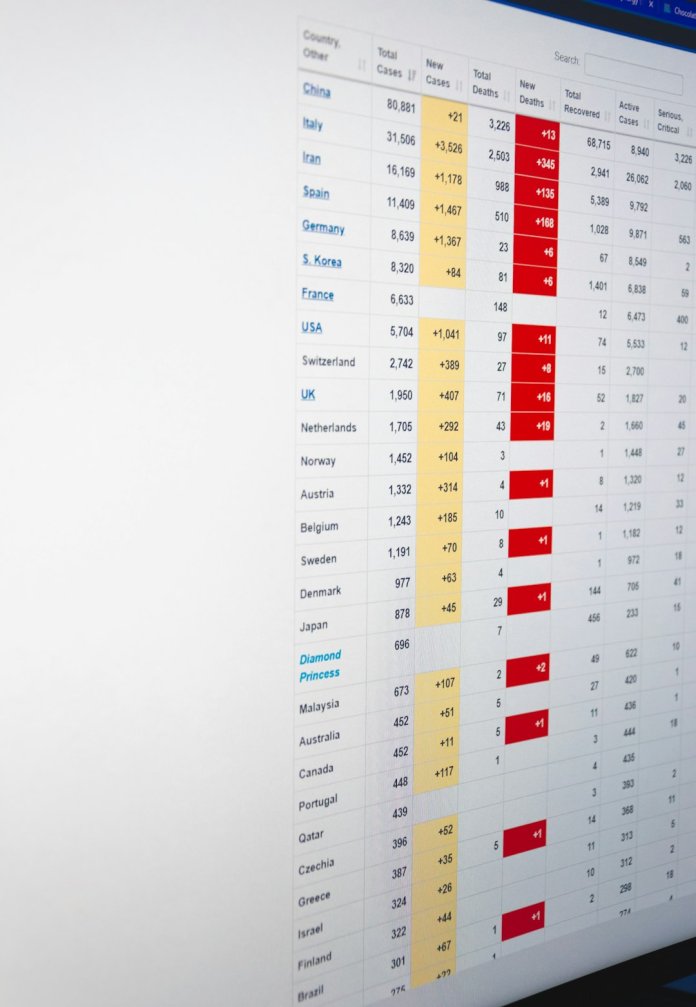In the fast-evolving digital landscape, businesses require agile tools to manage, publish, and control their content efficiently. That’s where Software as a Service (SaaS) content management systems (CMS) come into play. These cloud-based platforms offer flexibility, scalability, and numerous integrations, removing the need for expensive in-house infrastructure. For startups, enterprises, and content-heavy businesses, utilizing a robust SaaS CMS can dramatically simplify the content lifecycle and boost productivity.
SaaS platforms differ from traditional CMS in that they are hosted off-site by the provider and accessible via the internet. This model minimizes technical maintenance and offers seamless updates, high availability, and security benchmarks out of the box. Below are some of the best SaaS platforms for content management currently available.
1. Contentful
Contentful is a popular headless CMS known for its robust API-first architecture. It enables developers and marketers to manage and distribute content across multiple channels, including websites, mobile apps, and IoT devices. With its modular content model and powerful RESTful and GraphQL APIs, Contentful is especially favored by teams looking to scale globally.
- Best for: Development-heavy teams needing API-first flexibility
- Key Features: Custom content modeling, localization support, strong access controls

2. Webflow
For those who prioritize design, Webflow offers an intuitive visual CMS that merges web development with high-end design capabilities. It’s suitable for users who want more customization but less coding. Webflow’s designer-first approach also comes with a robust CMS backend ideal for blog content, product catalogs, and landing pages.
- Best for: Designers and freelancers
- Key Features: Customizable templates, CMS API, visual editor
3. Ghost
Ghost is a modern SaaS CMS tailored specifically for blog and newsletter publishing. With a focus on speed and minimalism, Ghost offers a distraction-free writing environment and strong SEO capabilities. It’s a favorite among content creators, writers, and small digital publishers who require clean and streamlined workflows.
- Best for: Blogging and email newsletters
- Key Features: Markdown editor, dynamic routing, built-in subscription tools

4. HubSpot CMS Hub
HubSpot CMS Hub integrates content management with powerful marketing and customer relationship tools. It’s perfect for businesses that want everything under one umbrella—CRM, email marketing, social media, and analytics. The platform empowers businesses to personalize content and improve conversion rates effortlessly.
- Best for: Marketing teams and B2B businesses
- Key Features: Smart content, SEO recommendations, drag-and-drop editor
5. ButterCMS
ButterCMS is another headless CMS option that places simplicity and performance at the forefront. It allows seamless integration with any tech stack and supports custom content types, making it a great choice for eCommerce sites and applications that need structured, reusable content blocks.
- Best for: Developers and product teams
- Key Features: Headless APIs, CMS preview, SEO optimization tools

6. Sanity
Sanity provides real-time collaboration with flexible data modeling and a super-responsive editor. Its standout feature is its fully customizable content studio, giving complete control to developers while also being user-friendly for content editors. Sanity is commonly used by teams looking for real-time updates and structured data capabilities.
- Best for: Digital agencies and global enterprises
- Key Features: Real-time collaboration, structured content APIs, plugin marketplace
Conclusion
Choosing the right SaaS content management platform depends on business size, team structure, and specific content needs. While Contentful and Sanity are ideal for developers needing flexibility, Webflow and Ghost serve well for creatives and publishers. HubSpot excels in integrated marketing environments, and ButterCMS delivers simplicity without compromising capability. Each has its strengths, and understanding your operational requirements is key to making the right choice.
FAQs
- Q: What is a SaaS CMS?
A: A SaaS CMS is a cloud-hosted content management system where the service provider handles hosting, maintenance, and updates, allowing users to focus solely on content creation and management. - Q: Is a headless CMS better than a traditional CMS?
A: Headless CMS platforms offer more flexibility in delivering content across multiple devices and interfaces, making them ideal for projects requiring multi-channel distribution. - Q: Can non-developers use a SaaS CMS?
A: Yes, platforms like Webflow and HubSpot have user-friendly interfaces meant for non-technical users, making content creation and page design accessible without coding. - Q: Are SaaS CMS platforms secure?
A: Most SaaS CMS platforms provide high levels of security including threat monitoring, SSL encryption, and data backups, though users are still responsible for access control within the platform. - Q: Can these platforms support multi-language content?
A: Yes, platforms such as Contentful and Sanity offer robust localization features to support multi-language websites and applications.
